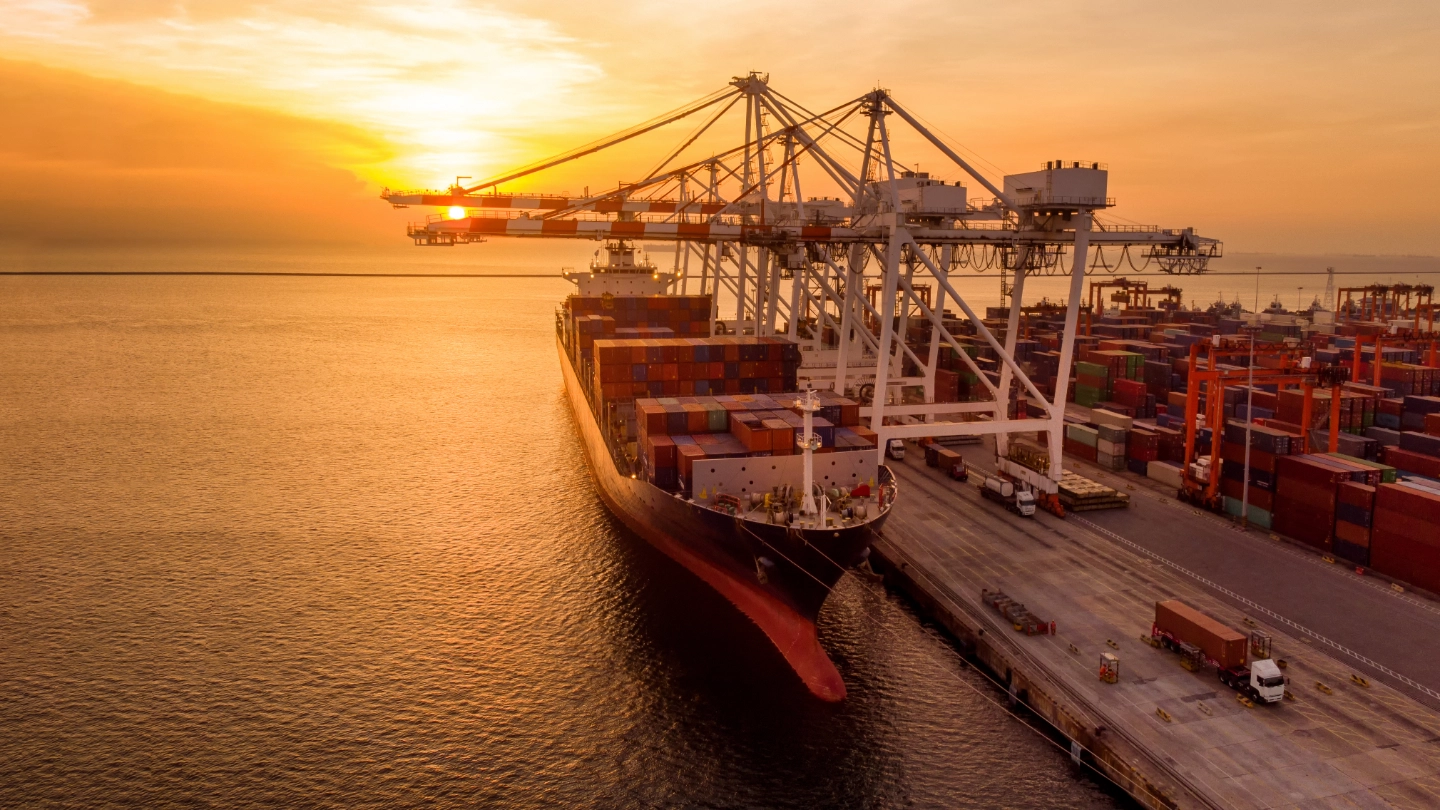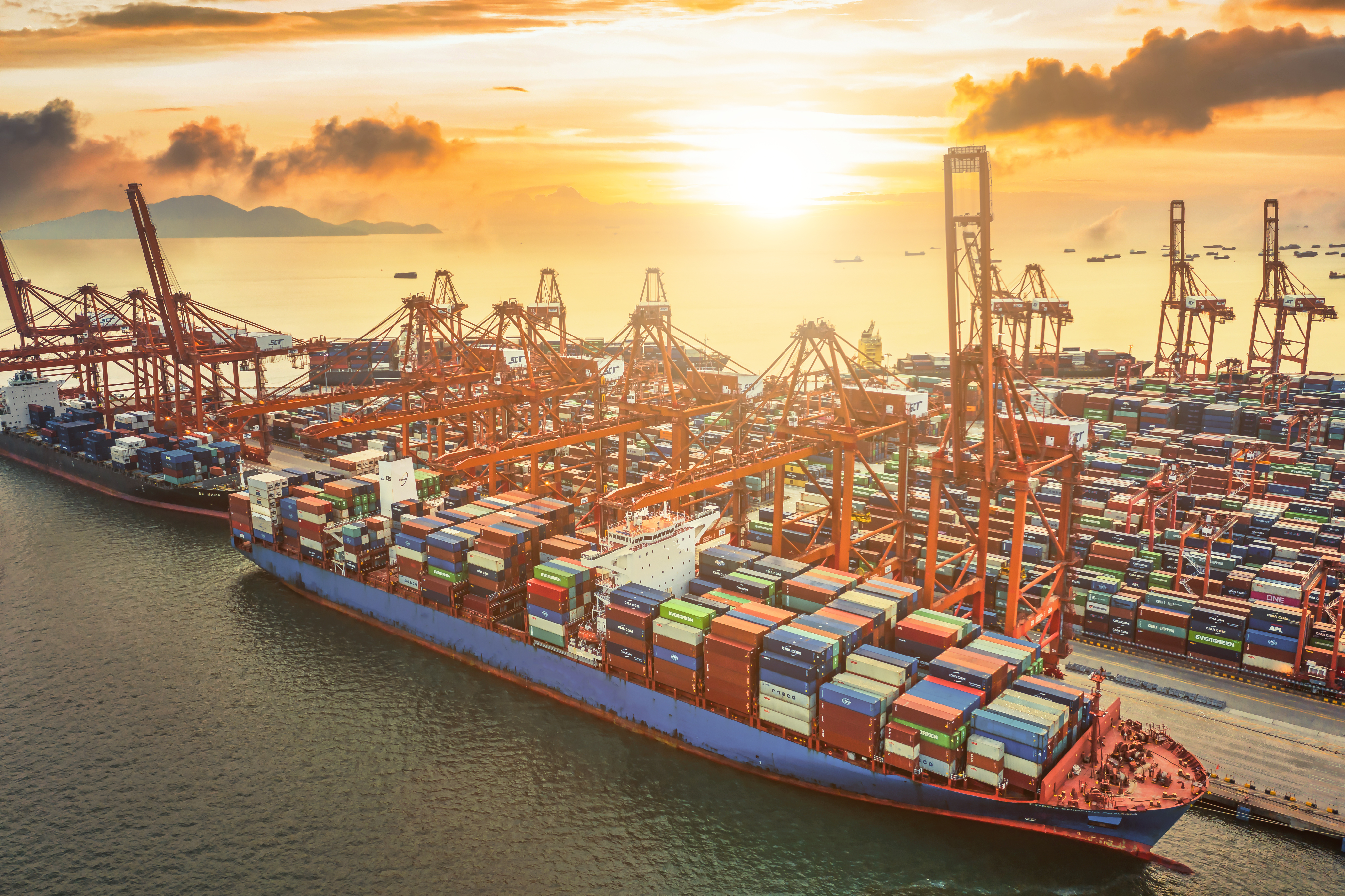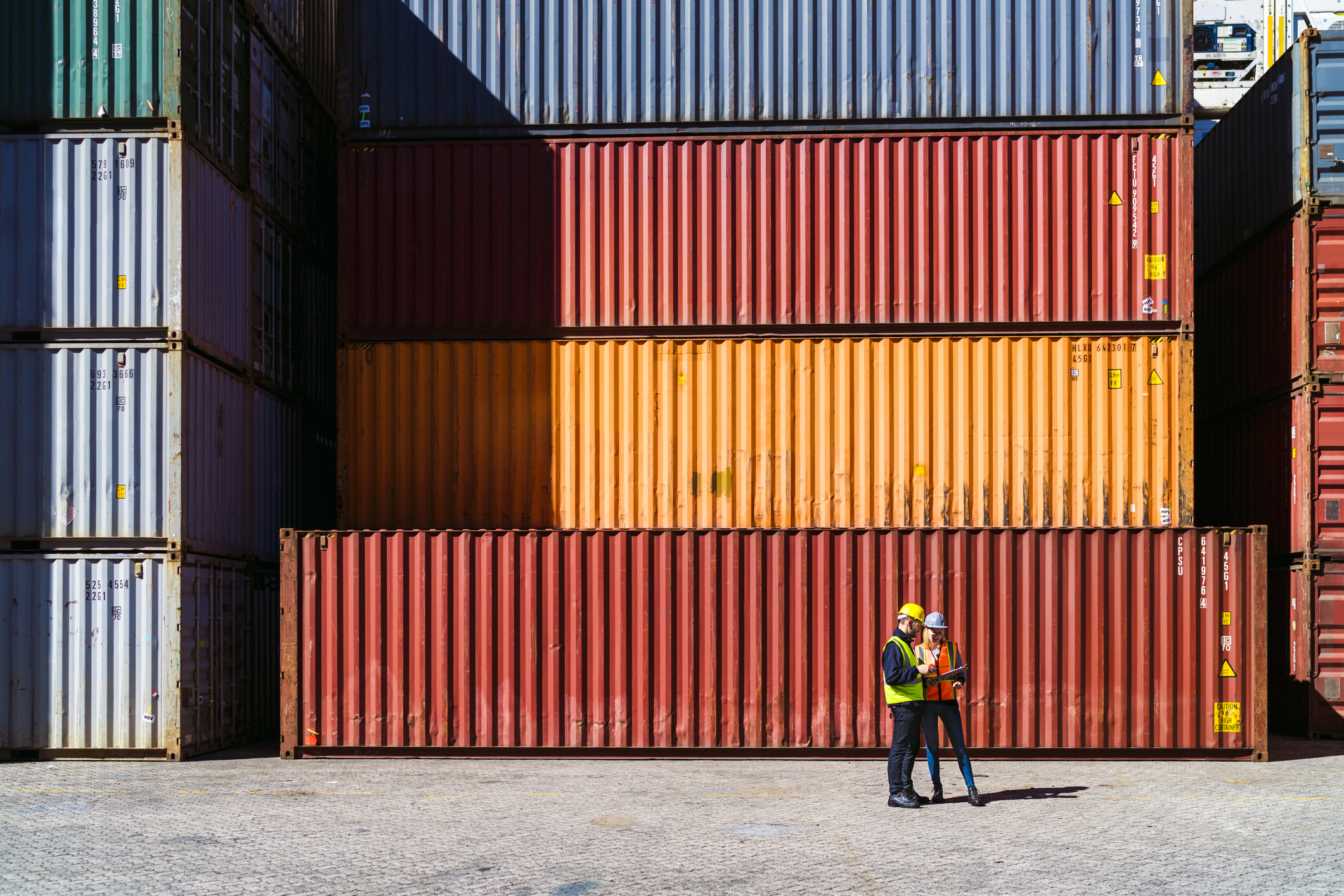
A calm of sorts has descended on the trade war between the US and China after a deal was struck in London in early June. The agreement sets a US import duty of 55% on non-exempted Chinese goods, while China will impose 10% levies on imports from the US. Restrictions on the flow of some goods and materials in both directions will be eased, and Chinese students will retain access to US universities.
While the deal represents a positive step for global trade, a tariff level of 55% on Chinese imports still appears punitive in comparison to the circa 20% tariffs that existed before President Trump took office for a second time in January. With that in mind, the deal by itself will do little to reverse a trend towards more complex and diversified global supply chains. This is partly driven partly by China’s attempts to sidestep US tariffs, and partly by longer term factors.
China’s strategic manoeuvring has been actively redrawing the global trade map for some time, offering opportunities for businesses with a nuanced understanding of regional advantages, tariff regimes and evolving trade policies. But it also presents risks. Geopolitical exposure, compliance complexity and credit risk are all likely to rise as supply chains respond to a new geography of global trade. Southeast Asia, the region that has benefited most from US/China trade tensions in recent years, now faces its own tariff threats.

Sidestepping Trump’s tariffs
While tariffs are already taking their toll on direct trade between the world’s two largest economies, statistics suggest that China is actively rerouting exports to avoid US levies.
As expected, Chinese exports to the US slumped in April, when President Trump’s prohibitive tariffs first kicked in. The month saw a US$9.3bn drop in Chinese goods exports to the US compared with a year earlier. But - at the same time - China's exports to Asia rose by US$14.8bn.
What explains this surge in intra-Asian activity? Partly, it’s down to China rerouting its trade through Southeast Asia to mitigate the impact of tariffs. Notably, data on re-exports, which are goods that are exported in the same form they were imported, shows a sharp rise in Singapore and Taiwan, two countries that face considerably lower US tariffs than China. Singapore’s total exports, including re-exports, surged by 8.4% in April.
In other words, China has been able to partially offset Trump’s tariffs by routing goods through countries with friendlier relations with the US. The danger here is that, in Trump’s White House, friendly relations don’t always last.
China seeks strategic advantage
But significant as they are, these transshipment strategies are not the only factors driving a shift in global trade. “China has indeed actively been rerouting trade through Southeast Asia to mitigate the impact of tariffs and diversify its export markets,” says Bert Burger, economist at Atradius. “Vietnam, Thailand, and Indonesia have become the most important destinations for Chinese exports.
“But China’s strategy is wider than short-term tariff mitigation. For a start, Chinese manufacturers are also setting up production facilities in Southeast Asia because they want to make use of local advantages, and have been for some time.”
Those advantages include lower salaries and fiscal subsidies. Chinese manufacturers also want to be closer to growing markets, with demand for Chinese goods surging in many ASEAN countries.
The manufacturing shift from China to other Asian countries was set in motion before Trump’s second term
That’s also true of the China+1 strategy followed by many Western businesses that want to maintain a presence in China while diversifying manufacturing operations into other Asian nations. The trend began during Trump’s first presidency as trade war tensions ramped up, and accelerated after the supply chain disruptions caused by the Covid pandemic. It continues today. The question now is, for how long?

Southeast Asia faces its own tariff threat
As manufacturers move, so do trade routes. During the first Trump Presidency and, later, the Covid pandemic, the redrawing of global trade maps created significant opportunities for the developing nations of Southeast Asia. The region has become a critical part of global supply chains, benefitting from the diversification strategies of both Western and Chinese businesses, alongside China’s tariff mitigation measures. Increased trade and investment is driving economic growth in countries like Vietnam, Thailand and Indonesia.
But Washington’s unpredictable tariff policy is putting that progress at risk. Southeast Asian economies face tariff threats of their own. President Trump imposed and then paused “reciprocal tariffs” of between 40% and 50% on countries like Cambodia, Laos, Vietnam and Sri Lanka. Others - like Bangladesh (37%), Thailand (37%), Indonesia (32%), India (27%) and Malaysia (24%) - also face punishing duty rates if deals are not agreed. Washington’s 90-day tariff pause ends in July.
Tariffs of this scale would significantly impact the attractiveness of these markets as alternative manufacturing and exporting hubs. And, while many economists expect the pause to be extended, uncertainty around tariff levels could still reduce or delay investments in the region as Western and Chinese businesses wait for the dust to settle.
“The 'China+1' strategy may have been popular for a long time, but it is now under pressure. If Trump ultimately imposes high tariffs on transshipments from China via Southeast Asian countries to the US, its effectiveness will be significantly reduced”, says Burger.
Southeast Asia awaits its fate
On its own, the recent agreement between the US and China is unlikely to alter the trend towards more diverse Asian supply chains too much. The 55% tariff on Chinese goods is a significant improvement on the 125% announced in April but remains considerably higher than current US duties on alternative regional manufacturing hubs. But if Trump’s threatened tariffs on Thailand, Indonesia, Vietnam and others are eventually implemented, all bets are off.
“At the moment, Southeast Asian countries will be looking to benefit from increased investment and trade opportunities as businesses seek to diversify and mitigate risks associated with US-China tensions,” says Dana Bodnar, economist at Atradius. “The easing of some export controls by the US on materials crucial to manufacturing, such as those used in jet engines, might also indirectly benefit Southeast Asia by stabilising supply chains and reducing the risk of disruption.
“But if Washington’s proposed tariffs on the region materialise, many of its advantages in manufacturing and transshipments disappear. At that point, both Chinese and Western businesses may decide to rethink their China+1 policies” adds Bodnar.

Businesses see benefits - and challenges
In this uncertain climate, businesses face opportunities and risks. For manufacturers, automakers, retailers and others, alternative Asian markets for materials, goods and components create more resilient supply chains. Competition could also lead to cost benefits. And manufacturers that diversify operations within Southeast Asia could reduce exposure to any future flare ups in US-China trade tensions, as well as benefiting from lower salary levels and government subsidies.
But diversification strategies only work if your alternative manufacturing hub avoids the US President’s unpredictable wrath.
Many Southeast Asian economies are seeing export booms to the US and EU
"But final US duty rates of between 37% and 50% - if that were to happen - would severely hit exporters' margins and cash flows,” adds Bodnar. “That would in turn increase the probability of late payments and defaults, especially in the B2B space.”
Duties at those punishing levels may never be implemented, but right now it’s impossible to be sure. And a more diverse and complicated global trade picture presents other challenges. Re-export practices, coupled with limited processing in intermediary countries, could trigger disputes over trade origin and duty evasion, increasing exposure to political and regulatory risks. Compliance becomes more complex when goods cross multiple borders.
At the moment, the situation is fluid, and the only certainty is that global trade geography is changing. Southeast Asian nations stand to benefit, but only if they can pull off the tricky balancing act of keeping both the US and China happy. Businesses also sense opportunities, but navigating this shifting landscape requires knowledge and skill. Global trade is evolving, and both nations and businesses will have to evolve with it.
- Ongoing geopolitical tensions and uncertainties around tariffs continue to make global supply chains more complex. These challenges are leading to increased credit risks for businesses
- To mitigate the impact of US tariffs, China has rerouted exports through Southeast Asia, leading to a significant rise in exports to Asia and re-exports from markets in the region
- Global trade is evolving, with Southeast Asian nations potentially benefiting if they can balance relations with both the US and China
- Businesses see opportunities in this shifting landscape, but success requires knowledge and a strategic approach to manage the challenges




































